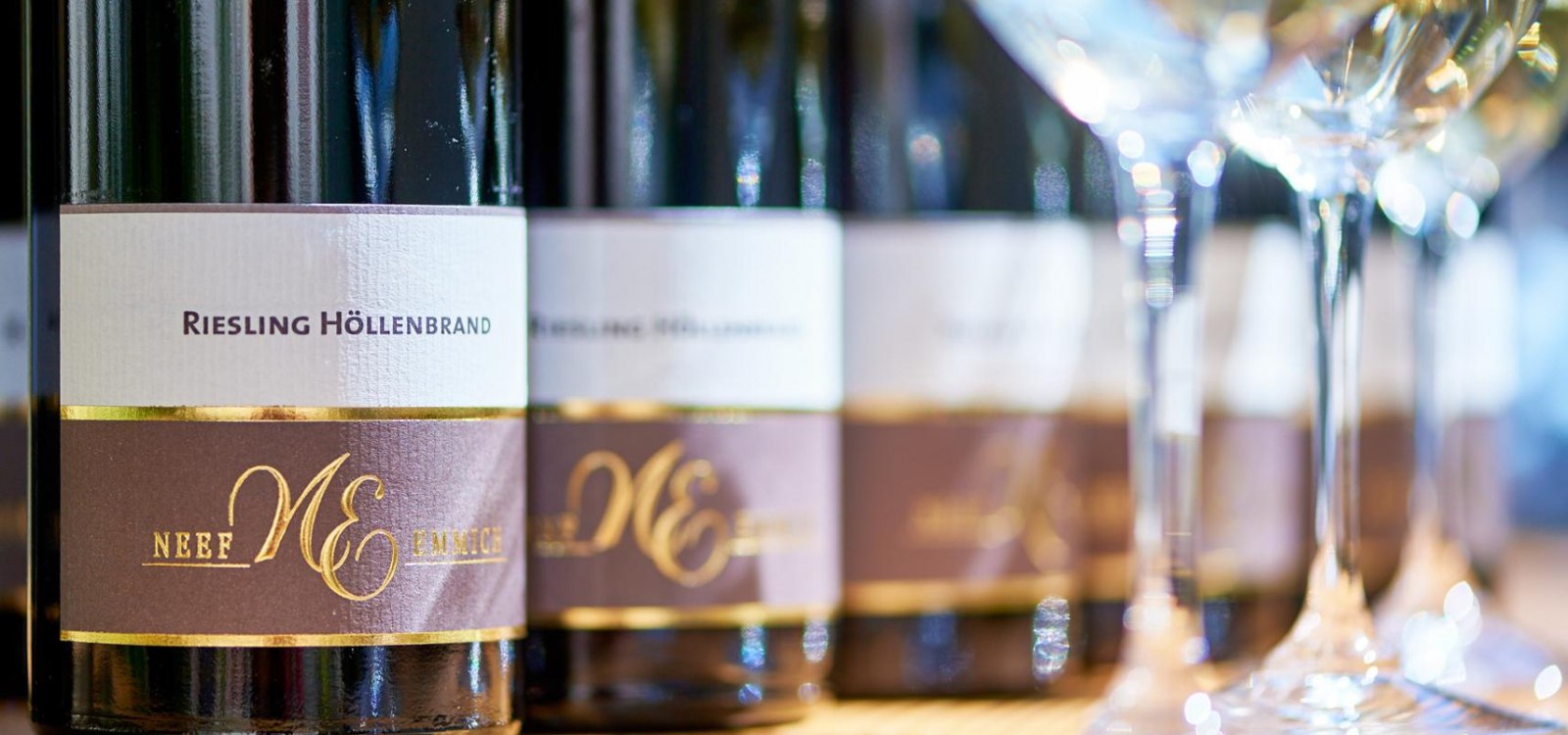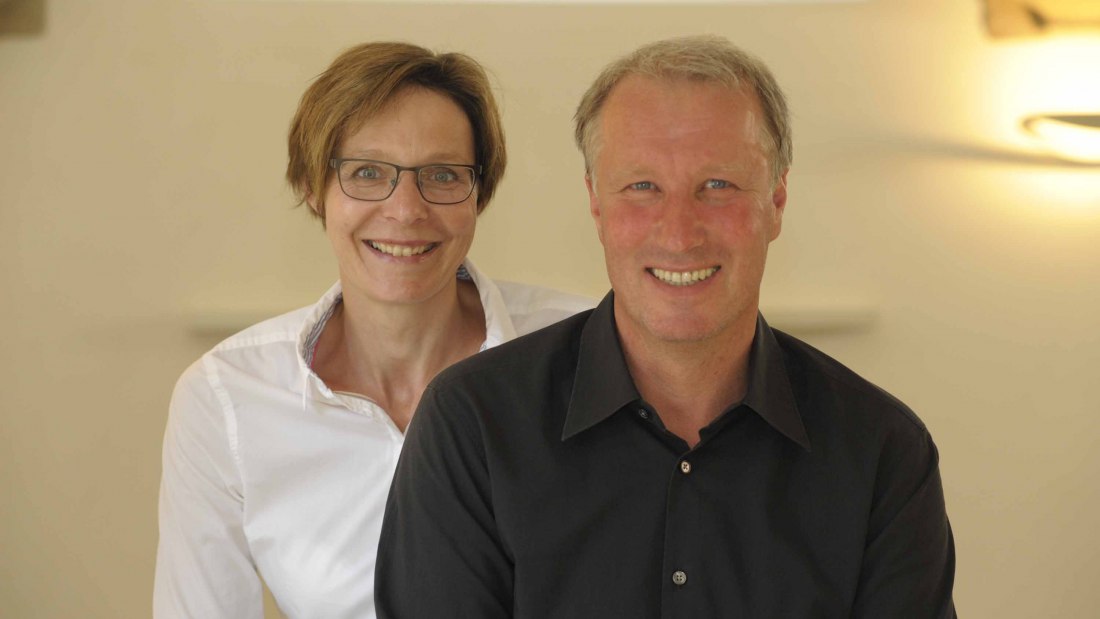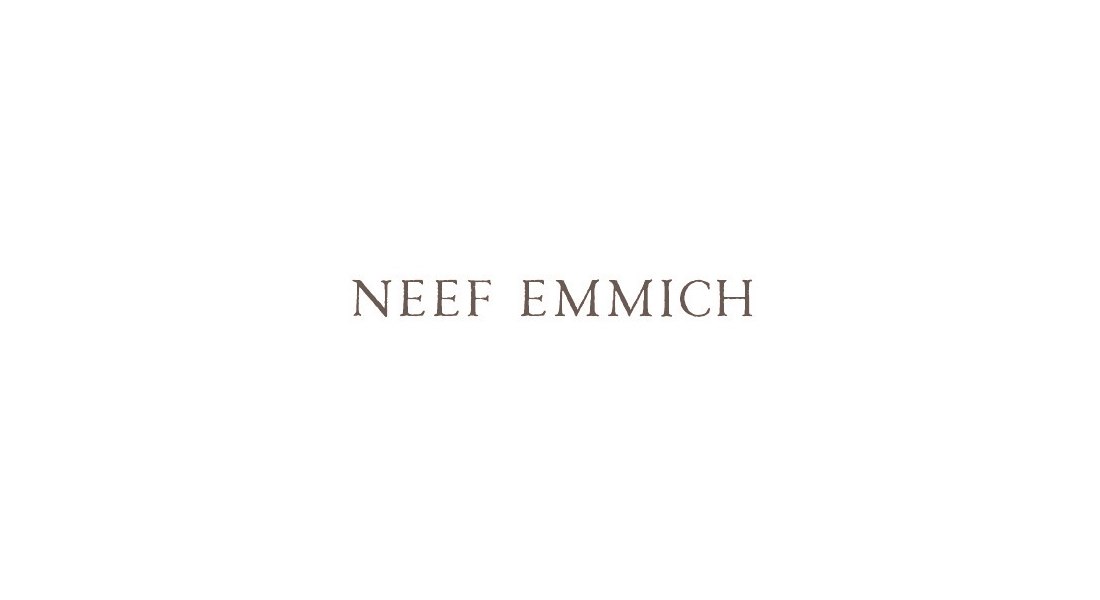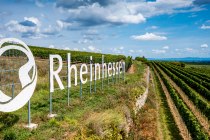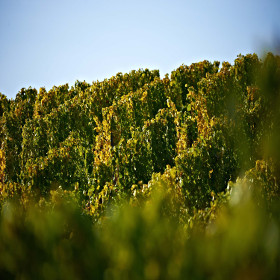Winery Neef-Emmich
The credo of Dirk Emmich: "For me, there is nothing better than making wine" His passion are the traditional grape varieties such as Riesling, Pinot and Silvaner. "Only the careful work in harmony with nature makes it possible to work out the particularity of each layer and each wine."
The same amount of passion, Dirk Emmich and Antje Stamm put in the careful restoration of the sales and tasting room and the wine cellar. In 2013, the two also received the architecture prize of the Chamber of Architects Rhineland-Palatinate.
"The restrained overall concept for the Neef-Emmich winery in Bermersheim stands for an exemplary handling of the found building substance in a clear, calm form language. The room for wine tasting with the refurbishment of the wine cellar and the wine storeroom, as well as with a comparatively small measure an interesting result can be achieved. "
From the jury evaluation
To the couple, the success in the competition came as a complete surprise: "We did not expect to win with our relatively small winery and even overtake big projects," Antje Stamm admitted modestly. She is all the more pleased that the refurbishment, which was largely based on her own ideas, not only got approval from the jury, but was also received positively by the customers. In 2011 and 2012, the wine cellar and the former cow chapel, including the grounds, were restored in two phases. The architect Winfried Klein from Budenheim and his team are responsible for the implementation. During the renovation both, the winegrower couple and the architect attached importance to the preservation of the existing building structures.
"So immaculate, simple and beautiful, you can experience newly designed" cow chapels "- as the traditional cross-vaulted balls are also called, which have now become the popular features for the Rheinhessen construction and wine culture - only rarely.
"The former stable in Bermersheim, Rhineland-Palatinate, was used as part of a refurbishment over two construction stages to create a 45 m2 tasting room, in which the purist décor makes an effective reference to the historic fabric of the building. In addition to colors, materials that are closely related to viticulture, such as oak, mineral earth and lime were used. In the delightful contrast between the bright, material-emphasized ambience and the dark furnishing in the clear design, the room as well as the presentation of the products of the winery impress with a clear unaffected style. "
WINE + SPACE, Edition DETAIL

